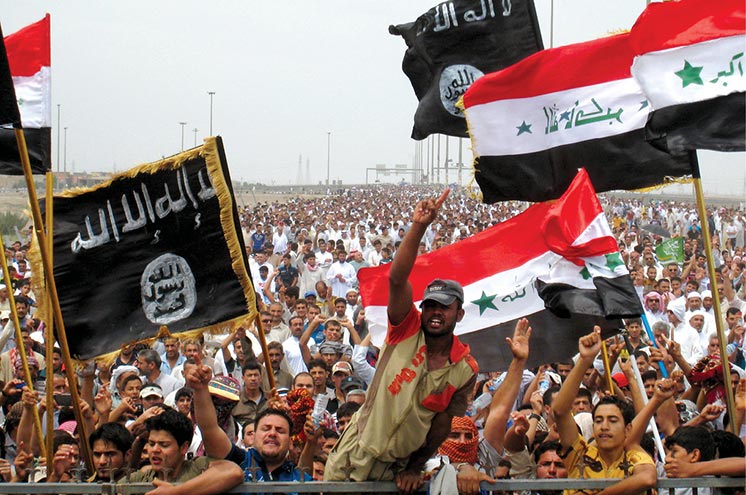
A Tale of Three Cities
Maj. Michael W. Hein, U.S. Army
The period of five years following the Anbar Awakening offers important lessons and highlights potential consequences for a tribe-based counterinsurgency strategy.
Published in the March-April 2018 Edition of Military Review, p 108.
Download the PDF 
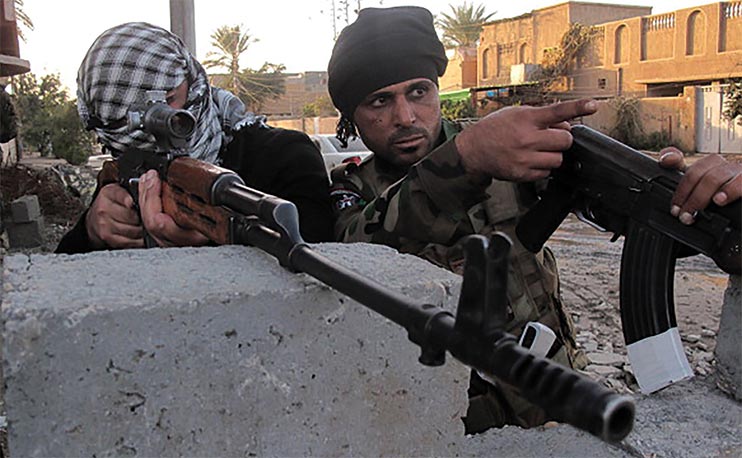
Daveed Gartenstein-Ross, PhD, and
Sterling Jensen, PhD
Appreciation for the Anbar Awakening’s context will assist the understanding of a major event in the history of recent warfare, counterterrorism, and counterinsurgency.
Published in the Jult-August 2015 Edition of Military Review, p 102.
Download the PDF 
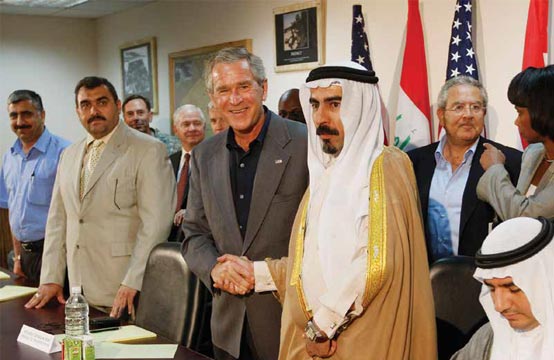
Matthew T. Penney, Ph.D.
Appreciation for the Anbar Awakening’s context will assist the understanding of a major event in the history of recent warfare, counterterrorism, and counterinsurgency.
Published in the March-April 2015 Edition of Military Review, p 106.
Download the PDF 
External Links Disclaimer
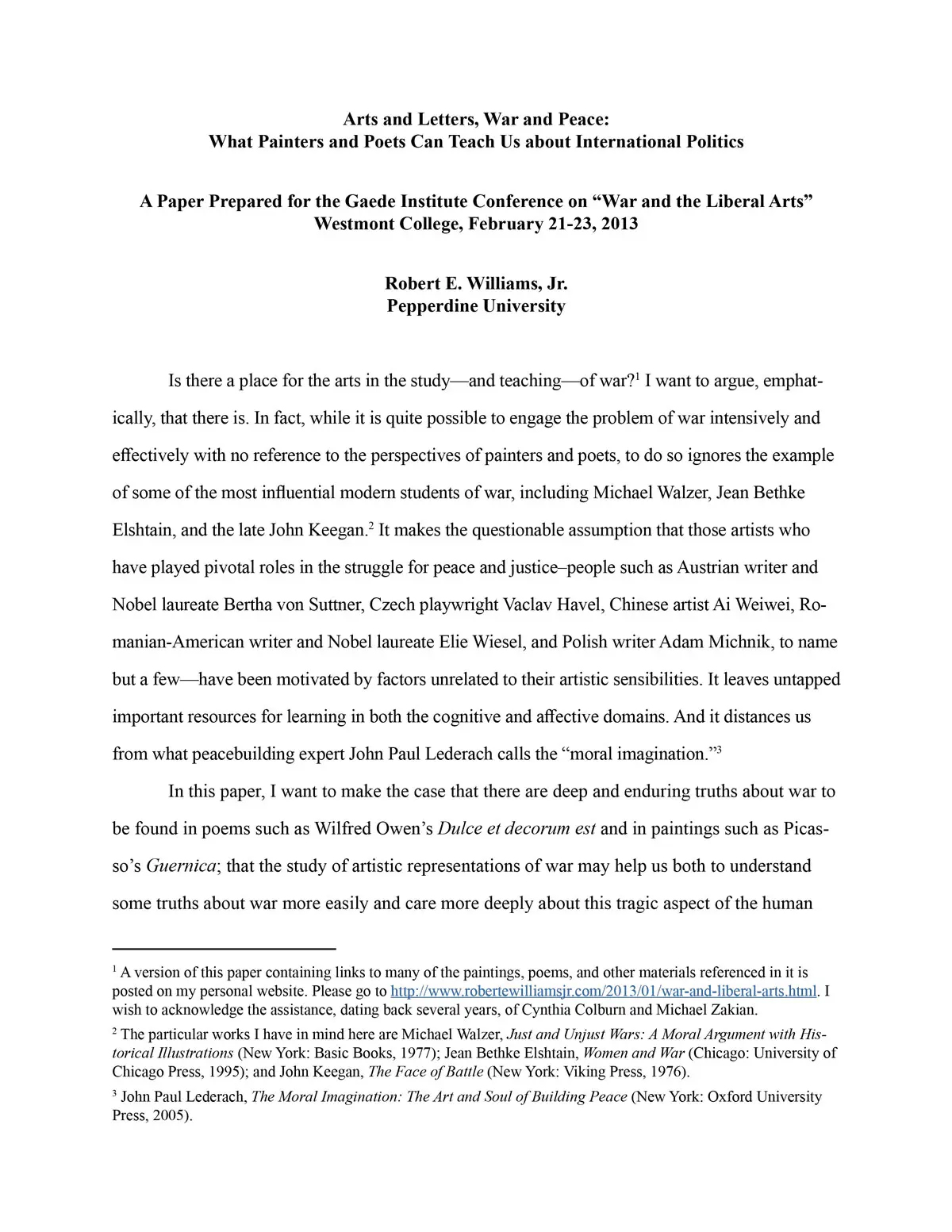
What Painters and Poets Can Teach Us about International Politics
A Paper Prepared for the Gaede Institute Conference on “War and the Liberal Arts” Westmont College, February 21-23, 2013
Robert E. Williams, Jr. Pepperdine University
A paper by Dr. Robert E. Williams Jr. professor at Pepperdine University. Presented in February 2013, this paper explores the political and cultural influence of artistic expressions during times of war as well as their immense historical value for understanding the context of conflicts during retrospective examination of each. The paper also severely critiques the tendency for fragmentation of the teaching of knowledge among liberal arts disciplines to the detriment of liberal arts scholarship overall.
Download the PDF 
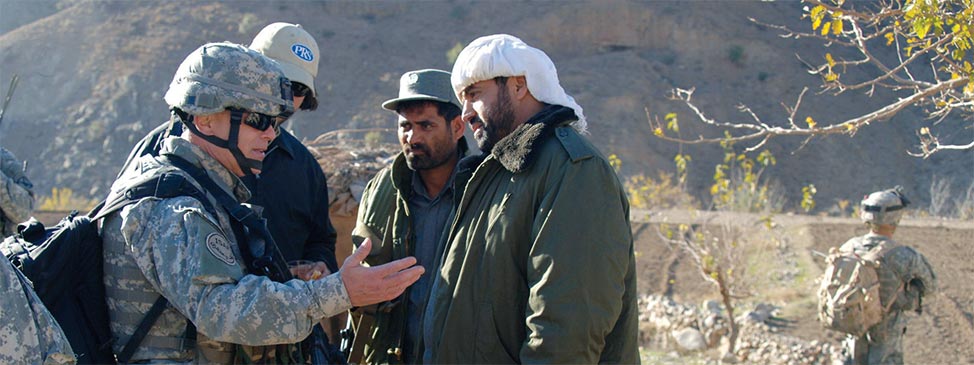
A Blueprint for Making Intelligence Relevant in Afghanistan
By Major General Michael T. Flynn, USA
Captain Matt Pottinger, USMC
Paul D. Batchelor, DIA
Published in 2010, this paper argues that despite a massive collection and intelligence analysis effort on insurgent groups in Afghanistan, our intelligence apparatus still found itself unable to answer fundamental questions about the environment in which we operated and the people from which to garner support and protect.
Published by Center for a New American Security, January 2010.
Download the PDF 
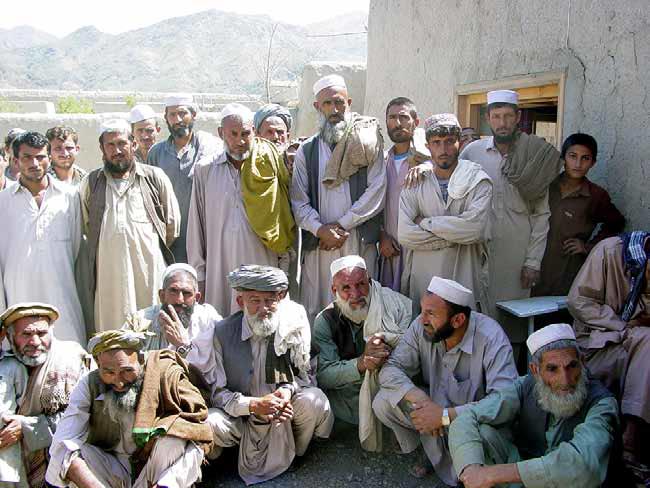
One Tribe at a Time
https://stevenpressfield.com/
A widely circulated semi-biographical lessons-learned discussion by a former Army Special Forces Operational Detachment Alpha commander on the importance of tribes in counterinsurgency in Afghanistan during the 2003—2009 timeframe.
Major Jim Gant
United States Army Special Forces
Published by Nine Sisters Imports, 2009.
Download the PDF 
Lawrence Rosen
Amy Chua’s new book mischaracterizes American politics and perpetuates stereotypes of tribal societies. Political Tribes: Group Instinct and the Fate of Nations
Amy Chua
Penguin Press, 2018, 304 pp.
Published by The American Interest, 2010.
Download the PDF 
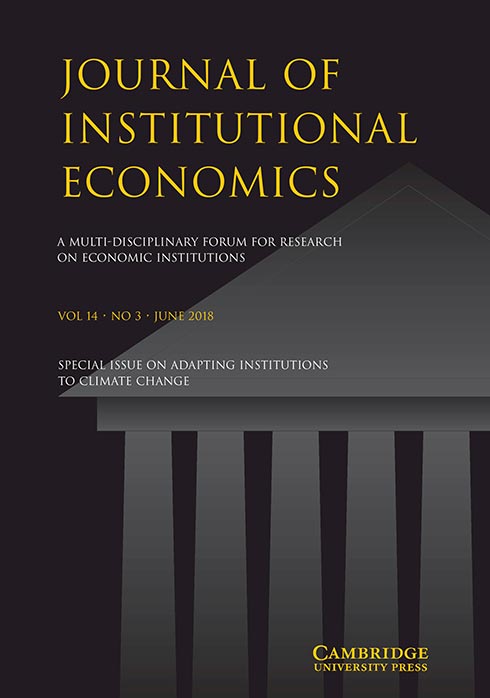
By R. I. M. Dunbar
Human communities and ego-centric social networks have a distinct size that reflects a generic relationship between relative neocortex volume and social group size that is characteristic of primates in general (the ‘social brain hypothesis’). Human networks are structured into layers that reflect both differences in the frequency of contact and levels of emotional closeness. The rate of decay in the frequency of contact across network layers is very steep, and we might expect this to have a very significant effect on the likelihood of Ego finding out some novel fact when information flow is limited to face-to-face interaction. I use an analytical model parameterized by these contact frequencies to show that there may be little advantage in having a network larger than ~150 for the purposes of information exchange. I then present a Monte Carlo simulation model to show that structure significantly impedes the rate of information flow in structured communities.
Published by The JOIE Foundation, 2010.
Download the PDF 